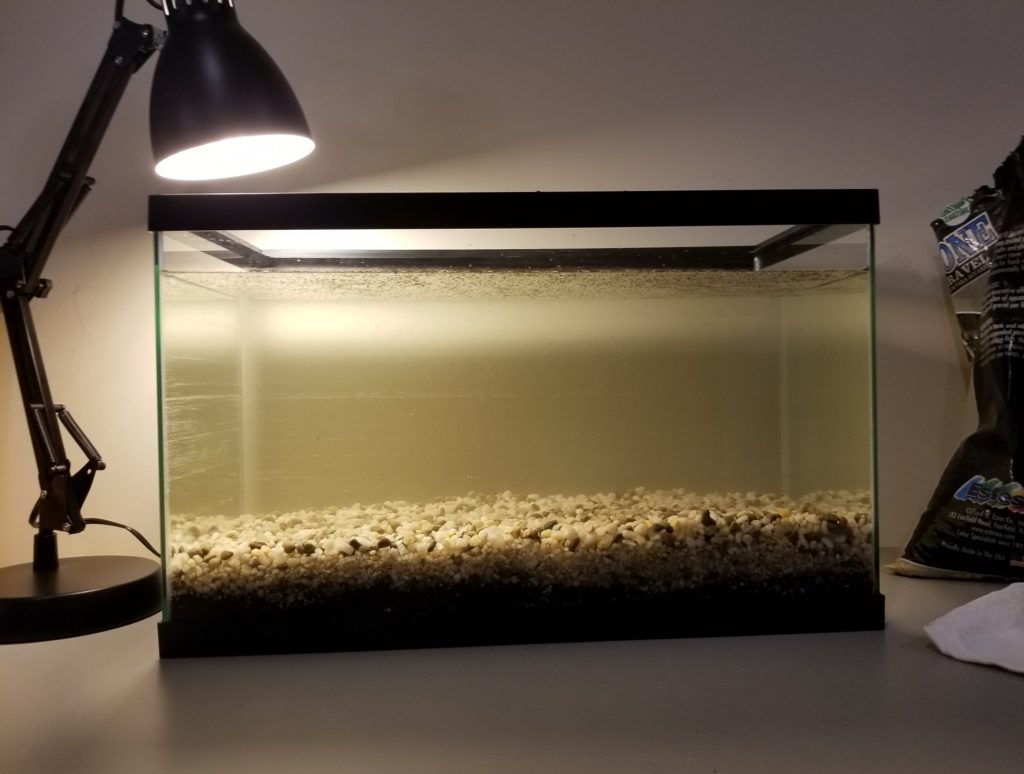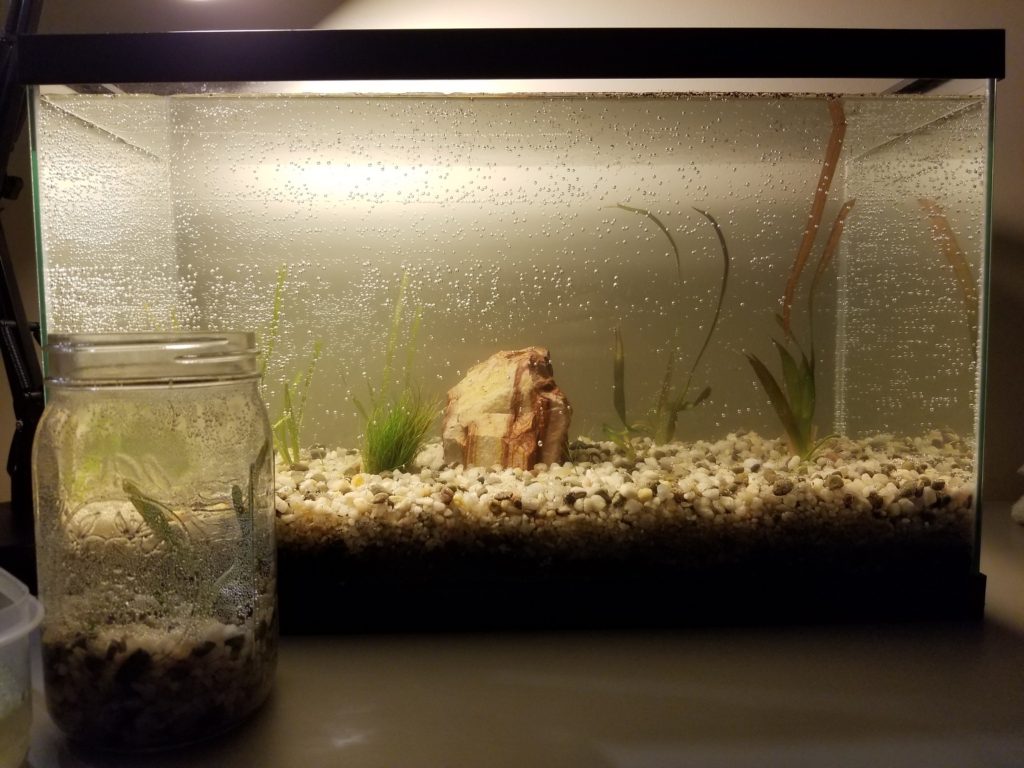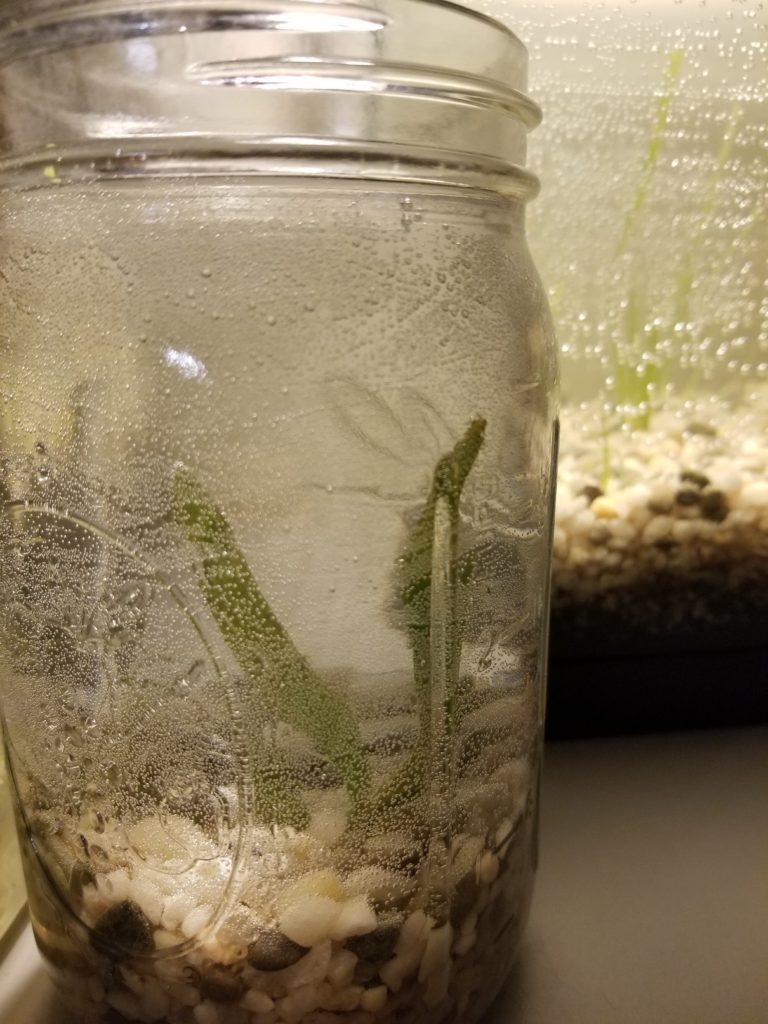
One of the chief traumas of my youth surrounds a pet frog. I have long been interested in keeping glass-bound pets, fish and such. This mania possibly stems from the massive fish tank that my mother used to keep in her store. It housed a pair of massive sucker fish (plecos, highly invasive), vicious orange cichlids with roving eyes, and a plethora of smaller fish that would be eaten and replaced over time. Maybe it was all the wildlife documentaries. Something in my deeper youth spurred me to keep strange animals, but my patience was not built for it. In the sixth grade, all I could think about was owning a dart frog. In the tropical rain forests of South America, the diet of these frogs allows them to manufacture some of the deadliest poisons in the world. In captivity, feasting on flightless fruit flies and basking under electronic light renders the domestic dart frog relatively harmless. The conditions necessary to sustain their lives, however, remain strict. The humid atmosphere and lush flora of the rain forest must be recreated in a glass cube.
I was not up to the task, and the frog that I had shipped to my house that summer died a few months later as Autumn began to make my house very cold and dry. Various follies compounded to create the frog corpse that still lies buried in a forgotten plastic coffin in my childhood backyard. I have gone over the various mistakes in my mind many times throughout the intervening years, but the gist of them is that I cared more about having the exotic frog than caring for the frog’s necessary habitat. The loss of the frog left me terrified, and I decided that I would not own another aquarium pet until I was mature and financially independent enough to do it perfectly. Though I raised some tropical plants in my room for some years after, I never did overcome my fears. Six more years of living without obligations flew by without any serious attempts at aquarium building.
The desire never really left, and now that I am a mobile college student, the aquarium mania has returned in force. Inconvenience seems to spur the fantasy on, in fact. I went through a period of intense longing for a goldfish last semester. Thank god I could control myself! Had a fish died in transit between my apartment and my house, I probably would have driven off a bridge. No, I am not so foolish as to impulse by another animal that I don’t have the means to take care of. I am, however, more than capable of spending large sums of money on objects that might eventually lead to me owning an animal. Hence, this:

This is ten-gallon filterless aquarium housing live plants. I finally put the whole thing together yesterday. I picked up the glass aquarium for fifteen bucks on Facebook Marketplace. I paid a small fortune for the rock and gravel because I wanted to support my local hobby shop rather than save big on Amazon. The plants were certainly an impulse purchase—I ordered those online from a plant dealer in Washington called Aquarium Co-Op. I realized that if I did not force myself to plant something, the separate parts of the tank were going to sit in my basement forever. What you see here is two varieties of Vallisneria and dwarf hairgrass. I intend to run to the store and pick up some hornwort to fill in the gaps while the baby plants propagate and expand. The lamp is just a desk lamp with a 20-watt CFL bulb inside. I’m pretty sure it will provide enough light.
A hobbyist in the know would call this aquarium design a “Walstad Tank.” That is, a soil-based tank that attempts to use an ecosystem of plants of bacteria to perform the duties of an electronic filter. Just beneath the pretty gravel cap is some organic soil that will hopefully not cause dangerous bacteria to flourish and kill the tank. Ideally, the plants will use it to grow expansive root systems and spread across the entire aquarium to form a lush jungle of green. I got the idea for my tank from a YouTube aquarist, Foo the Flowerhorn. They designed a series of filterless tanks, one of which is a lively Betta fish tank that has sweet potatoes growing out the top! I love Foo’s designs because they aren’t just plastic-laden fish containers—they attempt to create vibrant natural spaces that place just as much emphasis on environment as pet-keeping. The plants are not auxiliary. They are central to the success of the tank.

I quickly learned that there is an entire section of the aquarium hobby dedicated to planted tanks. In 9th grade biology, my teacher asked us to prepare biospheres for the upcoming science fair. By feeding ammonia to a jar of pond dirt and hornwort gathered outside my house, I was able to sustain a shrimp for several days. I did not realize it at the time, but that is basically how a filterless aquarium works. The bacteria in the tank turns waste materials into useful nitrates that the plants can recycle to keep the environment going. To help grow the beneficial bacteria, I will be loading this tank with ammonia. My basement will soon smell of noxious piss, I’m sure, but I won’t be around much longer to deal with it. While I’m away at college this semester, my brother will be feeding the thing. I haven’t actually asked him yet, but who could say no to such an adorable aquarium? By the time I come back, unemployed and prospect-less, perhaps the tank will be ready to sustain fishy life. At the very least, a lush forest of aquatic plants would look splendid! I will update my blog as interesting details emerge.
My ultimate hope is to make good on my childhood mistakes. I must provide a wonderful environment for any living thing that falls under my care. I can’t even remember that poor frog’s name, but his shade will haunt me for the rest of my life.